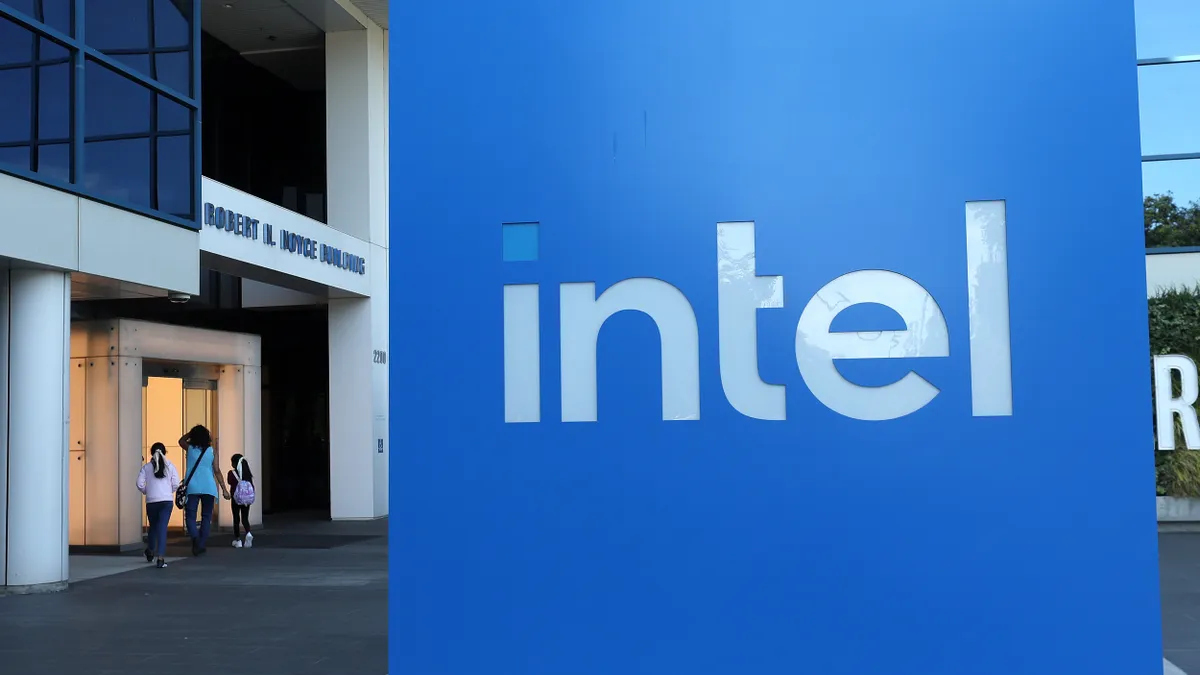CAMBRIDGE, Mass., — Views on outsourcing jobs are divided. There are companies that rely on contractors with no concern about who cuts their paychecks. And there are businesses that say workers must all have the same allegiance to the company mission.
Knowing the right course for a business can come down to culture, company history and, to some degree, the experience of technology leadership.
Though Eash Sundaram, EVP, chief technology and digital officer of JetBlue, and Paul Gaffney, EVP, CTO of Dick's Sporting Goods, differ on their approach to outsourcing, neither is wrong. Both stated their case at the MIT Sloan CIO Symposium in Cambridge, Massachusetts last week.
Partnering up with third parties and using contractors can fill gaps or strengthen areas of expertise. Outsourcing can even mean adopting robotic process automation solutions for repetitive tasks. Sundaram views outsourcing as a vital component to JetBlue's business operations, whereas Gaffney worked to dismantle some of Dick's outsourcing programs.
Changes happen at all levels of business and it's difficult for older companies to keep pace with internal and external demands.
"None of us run a brand new organization like Uber, we all have legacy technology," said Sundaram.
Reconciling departments' needs sometimes requires outside talent. "I don't see a difference in our partners versus us," said Sundaram. Whichever company, either the contractor or the subcontractor, pays the payroll "does not differentiate who you are."
Gaffney, on the other hand, has "undone two very big outsourcing arrangements" during his tenure at the sporting goods retailer, he said. The retailer has tried striking a balance between internal workers and contractors but has found the best results are yielded "when they're all together, getting paychecks from the same people and animated by the mission of the same company."
When to go internal
Until Gaffney joined Dick's Sporting Goods in November 2017, he was SVP of IT at The Home Depot. During his time at the home improvement retailer, it earned top ranks for its mobile website by Forrester, to which he part credited the team effort of his remote, though internal, engineers.
Originally the engineering teams were segmented. Gaffney experimented with bringing the teams together for a week in Dallas. By the end of the week, the engineers told Gaffney they got more done together than they would normally have in eight weeks.
"When they're all together, the probability of success if higher," however, "they have lives," making unified work less attainable all the time, he said.
But remote work tensions are different from the ones created in outsourcing. Third-party workers often don't have access to the same systems and ultimately have a different employee experience.
By revisiting operating models, companies can better determine where third parties and partners are best suited. It's likely more valuable and strategic assets "stay close to the organization" and less imperative assets can be leveraged by partners, said Gaffney.
It's all in the culture
The resolution for outsourcing woes is found in company culture and the treatment of contract employees.The outsourcing challenge persists when employees outside come in and feel "second rank" to other employees, said Nick van der Meulen, research scientist, MIT Center for Information Systems Research, while speaking at the symposium.
A company's ability to use people who it doesn't directly employ depends on the depth of the business' culture and how close it is to becoming what the business wants. When the gap between the current state of company culture and the ultimate goal decreases, third party work will likely be more successful at bringing in others who "haven't necessarily signed on to the mission," said Gaffney.
Ultimately, the third party has to sign onto another company's mission, which has varying degrees of success, depending on the industry. "I've seen people who fly our planes want to wear the blue gloves and clean the plane as much as I want to do it," said Sundaram, referring to outsourced pilots.
JetBlue has partnerships with Microsoft, Dell and Google, representing "an extension of us," said Sundaram, "it's not like companies like those don't have a culture we want to share."
The airline has invested in and incubated startups since 2016, with particular focus on ones that can deliver business value in 18 months or five to 10 years. JetBlue is reliant on startups to carry "themes" needed in the aviation industry, including customer experience, safety, and streamlining maintenance.
Having third parties contribute to JetBlue's mission alleviates the task from the airline's internal teams. But outsourcing always begs the questions, will third parties deliver the job that is asked of them? Will third parties perform in a way that is compliant with the company's internal standards?
The answer, for the most part, depends on what the company wants to achieve and how much risk it is willing to take.
Sundaram acknowledged the possibility of outsourcing "bad people" but justified the risk by adding "there are bad people within us" too. Guaranteeing a job to get done the correct way will always be an uphill battle for businesses, especially those with a weak company culture.




















